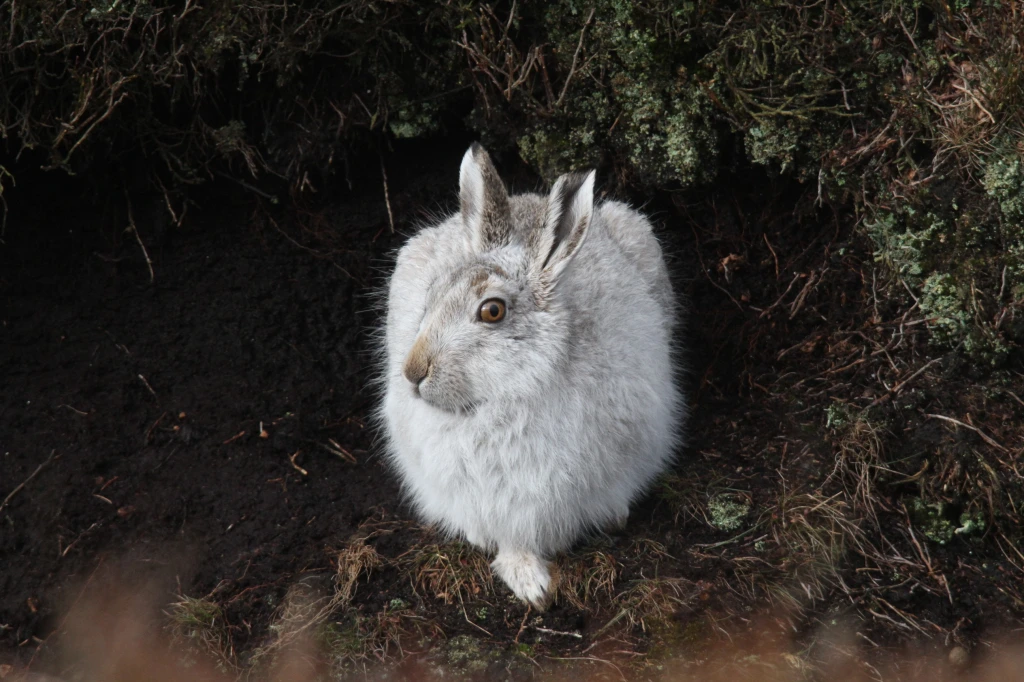Carlos Bedson
PhD student (former)

Background
Spatial ecology in the mountain hare

I research species distribution models and wildlife connectivity for species associated with uplands and limestone habitats. To analyse these important vulnerable animals, I compute using a range of R fantastic packages: [terra] [sf ] [stars] [biomod2] [dbarts] and via Julia, Circuitscape. I am sharing findings with government and NGOs for conservation planning, and with academics for statistical advice. Publications are in progress – watch this space. Results are very compelling.
Each winter I survey mountain hares in the Peak District with distance sampling methods. Latest population estimate shows ~80% decline 2017-2024 to ~1,000 hares, less than what may be considered a viable population. See: “Seven Year Decline of Mountain Hare Abundance in the Peak District, England” in Ecology & Evolution https://onlinelibrary.wiley.com/doi/10.1002/ece3.71131 . If you have contextual information or enquiries regarding this decline, contact me now. This other, previous, paper published in Ecology and Evolution in 2022 went on to become one of the journal’s most downloaded articles of the year. Bedson et al. 2022 Highest densities of mountain hares (Lepus timidus) associated with ecologically restored bog but not grouse moorland management
Since 2012 I have been conducting field research for grizzly bears in the Cabinet-Yaak Ecosystem of NW Montana. My genetic hair capture typically identifies >20 grizzly bears each year. During 2023 I happened to find a tuft of grizzly bear hair left on a very random innocuous tree snag on a trail up Flower Creek, turned out to be from as an important scion bear which had not been evidenced in many years.
My PhD at Manchester Metropolitan University focused on lagomorphs: mountain hares (Lepus timidus) and European brown hares (L. europaeus) occupying peatland habitats in the Peak District of northern England. Additional highlights included:
Ecological niche model. This identifies clear separation in the environmental and habitat preferences of the two lagomorph species, facilitated by subtle physiological and dietary differences. Climate change is the number one threat to mountain hares. Findings were published in Acta Oecologica Bedson et al. 2021 Splitting hares: Current and future ecological niches predicted as distinctly different for two congeneric lagomorphs
Survey methods evaluations. I spent a winter comparing methods, to find which provided the most reliable (cv) density estimate for the least amount of effort and which was most suitable for time-series studies. This was published in Wildlife Biology (Oikos). Bedson et al. 2021 Estimating density of mountain hares using distance sampling: a comparison of daylight visual surveys, night-time thermal imaging and camera traps
Genetic diversity. Genotyping hare species with microsatellites. Owing to ancient migratory patterns, the mountain hare founder population, in Scotland, has the lowest diversity of all hare species in Europe. My research is identifying genetic diversity in the Peak District and hybridisation with European brown hares.

